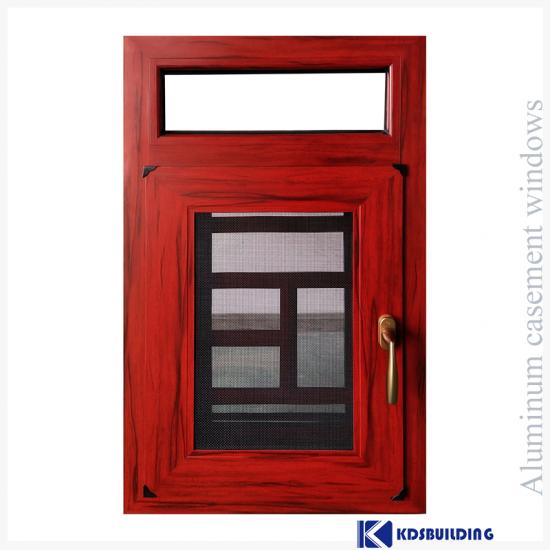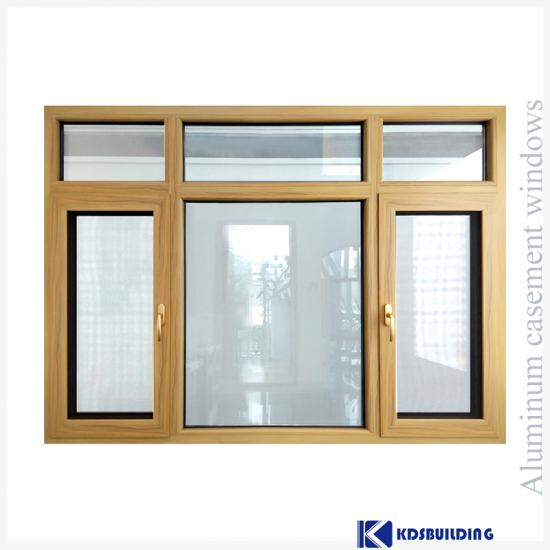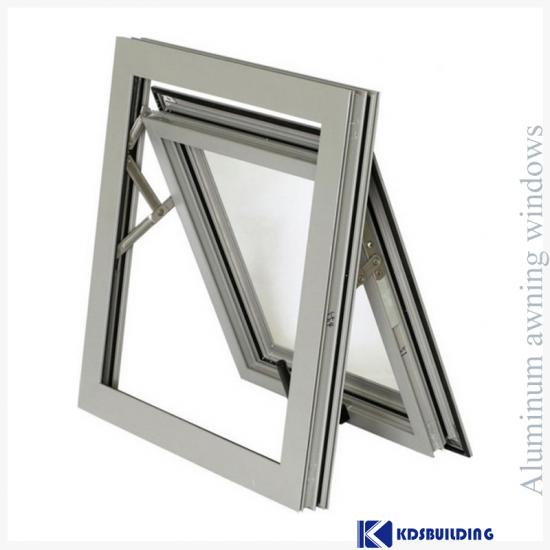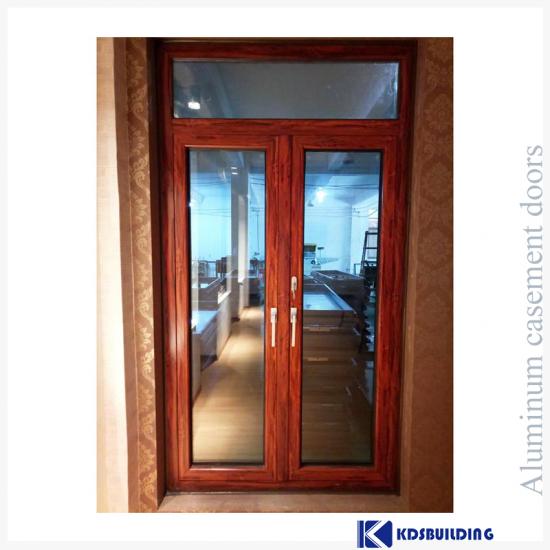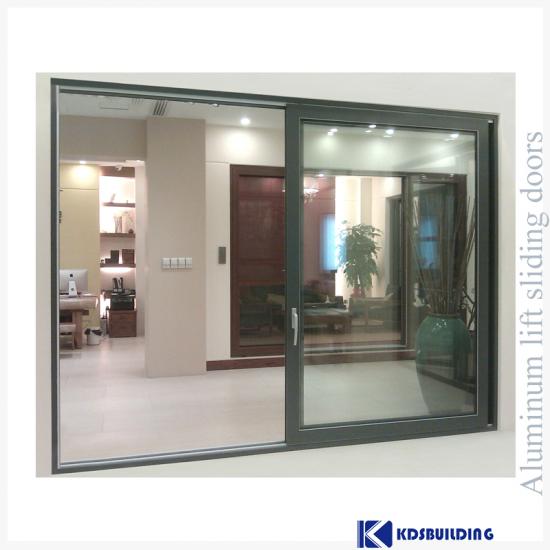Advantages of UPVC doors and windows Anti-corrosion, acid, alkali, salt, etc., no corrosion, mildew, or insect infestation in moisture, salt spray, acid rain. The shape and size are stable, not loose or deformed. Long life, can be used normally for about 30 years. It is self-flaming retardant, will not burn, has self-extinguishing properties, and has a high oxygen index of more than 40, which is beneficial to fire prevention. Since the oxygen content in the air is about 20%, plastic windows will not burn in natural environments.
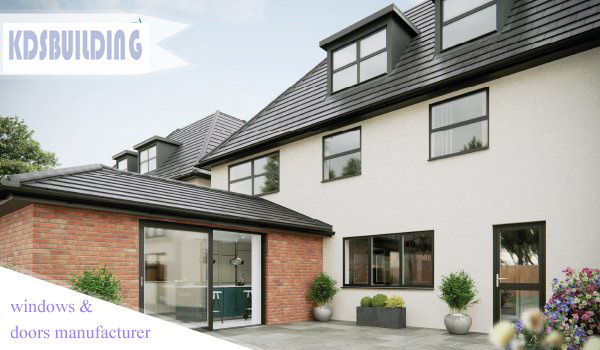
 Nous contacter : ken@kdsbuilding.com
Nous contacter : ken@kdsbuilding.com





